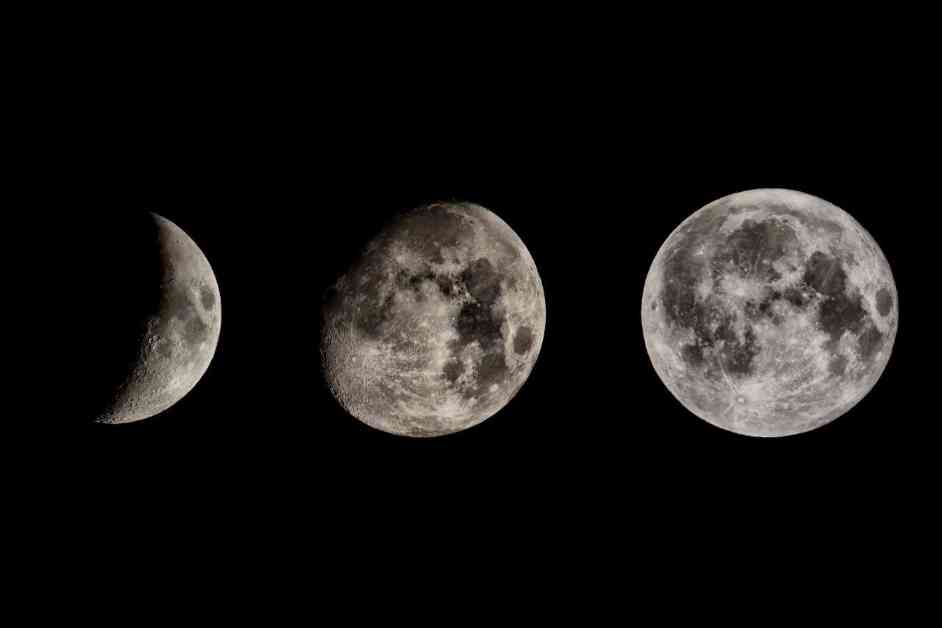NASA has been working on defining a time zone for the moon as lunar exploration activities increase. Recent calculations have revealed that time on the lunar surface moves slightly faster than on Earth, by 57 millionths of a second per day. This seemingly small difference could have significant implications for future missions to the moon.
With plans to send humans back to the moon later this decade and recent attempts at lunar landings by uncrewed spacecraft, accurate timekeeping on the moon is becoming more important than ever. The 57-microsecond time difference may not seem like much, but in the world of space exploration, every tiny detail counts.
Imagine trying to navigate on the moon with inaccurate time measurements. A slight discrepancy of 57 microseconds per day could lead to significant errors in calculations, potentially affecting the success of missions and the safety of astronauts. It is crucial for NASA to establish a precise timekeeping system for lunar activities to ensure smooth operations and accurate data collection.
In addition to the time difference issue, there are other challenges associated with living and working on the moon. The lack of atmosphere, extreme temperatures, and limited resources present unique obstacles that astronauts must overcome. Establishing a reliable time zone is just one piece of the puzzle in the complex world of lunar exploration.
As we look towards a future where humans will once again set foot on the moon, every aspect of the mission must be carefully planned and executed. From timekeeping to resource management, every detail matters in the unforgiving environment of space. NASA’s work on defining a time zone for the moon is just one example of the meticulous preparation required for successful lunar missions.
In conclusion, the 57-microsecond time difference on the moon may seem insignificant, but in the grand scheme of things, it is a crucial factor that cannot be overlooked. Accurate timekeeping is essential for the success of future lunar missions, and NASA’s efforts to address this issue are a step in the right direction towards safe and effective exploration of our celestial neighbor.






